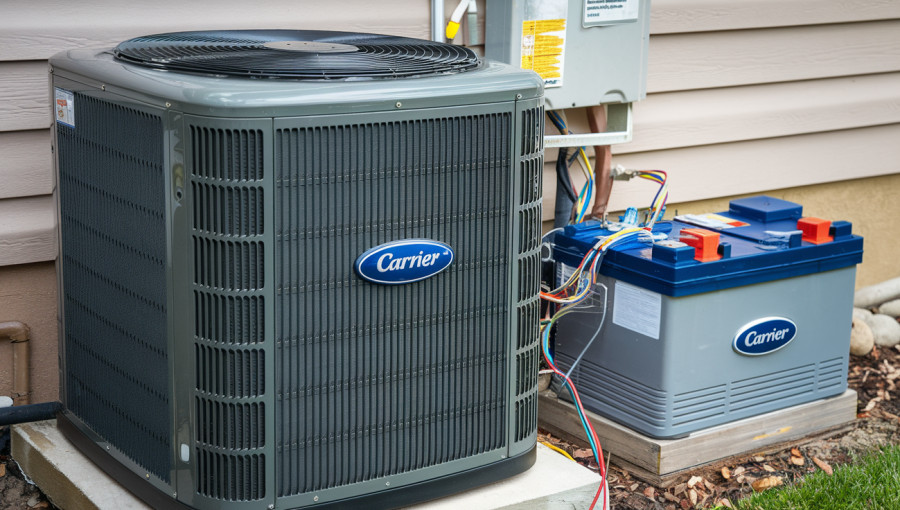Carrier, a leading name in air conditioning, is venturing into the integration of batteries with HVAC systems as a novel strategy to alleviate strain on the U.S. electrical grid, particularly during peak demand periods. The company aims to install batteries in central air conditioning systems that can charge during times of low energy demand and supply power when the grid is under duress. This initiative, launched during the ongoing AI-driven increase in energy consumption, seeks to manage the significant electricity needs of air conditioning, particularly amidst rising temperatures.
Carrier has initiated a pilot program involving the installation of these battery systems in select households, with plans to expand this effort further by year-end. The Electric Power Research Institute (EPRI) will monitor their performance to ensure the technology meets industry standards. Hakan Yilmaz, Carrier’s chief technology officer, emphasized the importance of air conditioning in determining grid operations, with a substantial portion of the grid’s capacity dedicated to HVAC needs. The initiative aims to have electric utilities shoulder the costs of these batteries, facilitating the use of solar energy during off-peak hours and thereby optimizing energy usage and reducing reliance on fossil fuels.
The company’s approach involves developing battery systems that operate alongside HVAC units, providing a streamlined power source during peak demand. This not only conserves energy but also reduces carbon emissions associated with electricity generation during those times. Carrier’s innovative design allows the battery to be integrated seamlessly with HVAC units while maintaining operational efficiency.
Carrier has been proactive in garnering support from utilities, establishing partnerships aimed at integrating this technology with existing regulations. By demonstrating the viability of this solution, the company hopes to secure regulatory approval for utilities to invest in these systems, which could ultimately enhance grid efficiency and lower consumer costs.
As the company navigates the complexities of this initiative, including consumer adoption and regulatory frameworks, its successful implementation could prove beneficial not just for households but also for entire energy networks. Anticipated benefits include deferred grid upgrades and expanded renewable energy use, all while supporting utility efforts to provide dependable and affordable power.
In summary, Carrier’s breakthrough could drastically reshape residential energy consumption, allowing for an adaptive response to increasing electrical demands without compromising customer comfort. The integration of batteries into HVAC systems stands to position Carrier as a leader in the evolving landscape of energy solutions.

